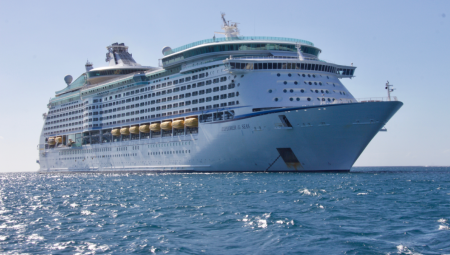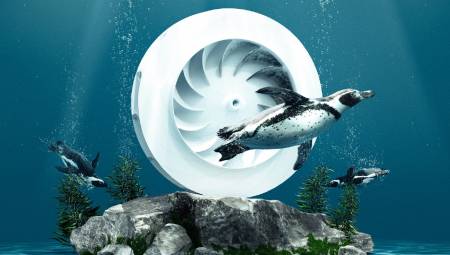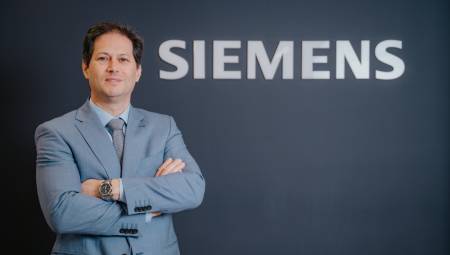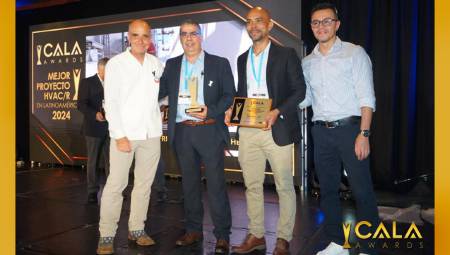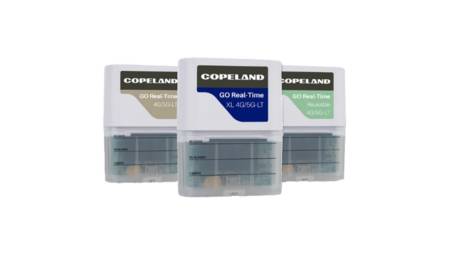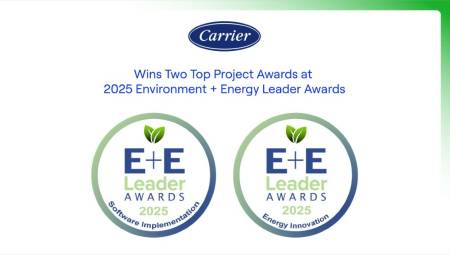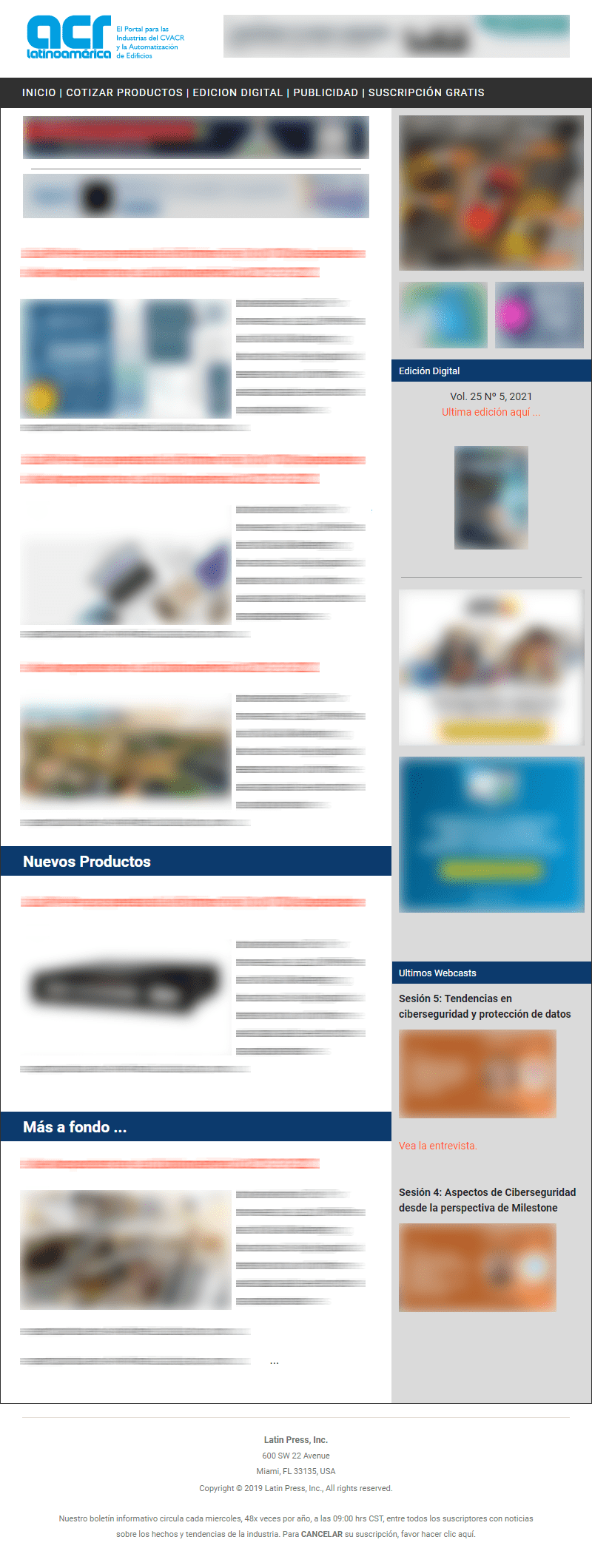 Achieving the ideal conditions of comfort in air conditioning can demand an excess in the use of energy. However, there are already alternatives to make this process efficient and economical.
by Alfredo Sotolongo*
Achieving the ideal conditions of comfort in air conditioning can demand an excess in the use of energy. However, there are already alternatives to make this process efficient and economical.
by Alfredo Sotolongo*
We must all be aware that in our tropical countries between the tropics of Cancer and Capricorn, approximately 24° latitude north or south of the Equator, in the vast majority of areas we suffer from high enthalpy in the outside air. This means high temperature and humidity, and forces us to waste a lot of energy to achieve the ideal conditions of comfort.
For a long time, relative humidity was controlled by cooling the air to remove moisture grains. In this process the air is supplied at low temperature but saturated, where the relative humidity approaches 100%, and then, it is reheated to add sensitive heat taking it to more acceptable conditions of temperature and relative humidity.
I always wondered why you had to cool the air and then reheat it and that reheating it wastes so much energy. Over the years, as the cost of energy increased considerably, we began to worry about avoiding the waste of it. Professional groups like Ashrae were dedicated to creating regulations and standards to solve this big problem and many governments applied such rules that prohibited reheating the air when it had previously cooled. It was only allowed to heat the air for heating, as long as it had not cooled before or in certain very particular applications such as industrial processes.
First, the need to control relative humidity, not only for industrial processes but also for occupant comfort, is emphasized by Ashrae in Standard 62.1 which deals with ventilation and indoor air quality, limiting relative humidity to a maximum of 65% in paragraph 5.9.1 in the 2010 edition. On the other hand, Ashrae also develops the Standard (Standard) 90.1-2010 that prohibits cooling and then reheating the air again, with the exception of certain processes in which it is essential to do so.
But in reality it was the private company, as always, that took the initiative to apply systems and equipment that contribute to humidity control in compliance with both standards. The specific case to which I refer is very interesting because it is a product that had been patented by the United States Space Agency, NASA, and that after using it in their applications, they made it available to the private company.
Heat Pipe Technology was the company that was interested in acquiring from NASA the rights to a product that, without consuming energy, can pre-cool the air and then reheat it to achieve comfort conditions. For me, this is one of the benefits of the capitalist system, scientists develop products that benefit humanity and then private companies risk their capital to apply them and bring these advantages to citizens in the most economical way possible.
How does Heat Pipe manage to pre-cool and then reheat the air without consuming energy? The system they developed consists of two coils, stage one and stage two, connected to each other that embrace the coil of the air conditioning unit and that inside have refrigerant, which migrates from one stage to the other. Inside the coils, a process similar to cooling occurs, but without compression or expansion. Only evaporation and condensation occur and once the refrigerant condenses it returns by gravity in a liquid state to stage one where it evaporates and the cycle begins again.
As you can see in the figure, the warm moist air passes through stage one before the unit coil and the coolant subtracts heat from the air by precooling it. In turn, the refrigerant evaporates and migrates to stage two in front of the unit's coil. In stage two the refrigerant condenses by supplying heat to the air, reheating it and said refrigerant returns by gravity in liquid form to stage one.
 This application of a NASA development has come to solve, without using energy and without moving parts, two situations: controlling the relative humidity complying with the Standards (Standards) of ASHRAE 62.5 and 90.1 and at the same time providing the fastest way to recover the investment.
I feel great satisfaction to be able to share with my colleagues in the industry the origin of a system that I find fascinating. Heat Pipe consumes no power, requires no maintenance and fits the vast majority of air conditioning units, whether direct expansion or cold water.
If you need more information on any of the topics covered in this column, please contact me at the email [email protected]
This application of a NASA development has come to solve, without using energy and without moving parts, two situations: controlling the relative humidity complying with the Standards (Standards) of ASHRAE 62.5 and 90.1 and at the same time providing the fastest way to recover the investment.
I feel great satisfaction to be able to share with my colleagues in the industry the origin of a system that I find fascinating. Heat Pipe consumes no power, requires no maintenance and fits the vast majority of air conditioning units, whether direct expansion or cold water.
If you need more information on any of the topics covered in this column, please contact me at the email [email protected]
 * President of Protec, Inc., is certified as a professional engineer in Puerto Rico and the state of Florida; he has more than 40 years of experience in the application and sale of systems and equipment for energy conservation. He is a member of ASME (American Society of Mechanical Engineers), AEE (Association of Energy Engineers), ASHRAE and was president of the Miami chapter of that association.
* President of Protec, Inc., is certified as a professional engineer in Puerto Rico and the state of Florida; he has more than 40 years of experience in the application and sale of systems and equipment for energy conservation. He is a member of ASME (American Society of Mechanical Engineers), AEE (Association of Energy Engineers), ASHRAE and was president of the Miami chapter of that association.




